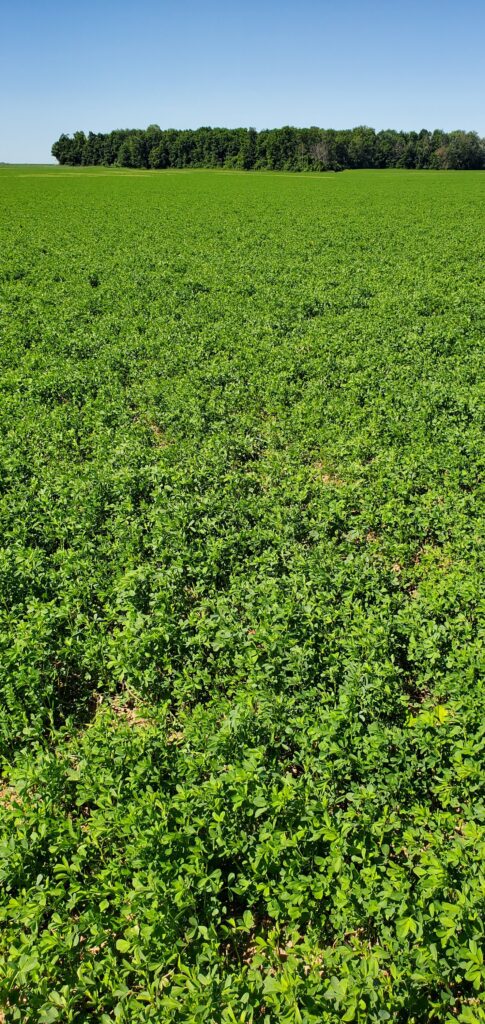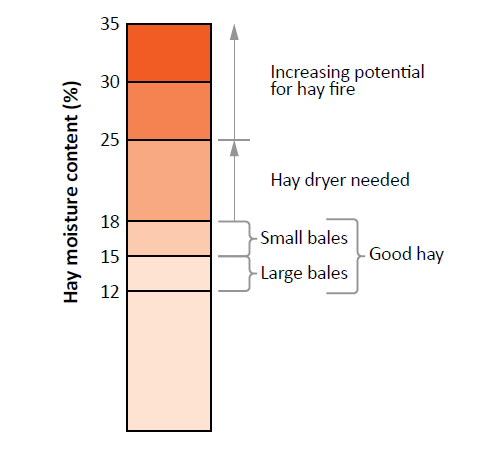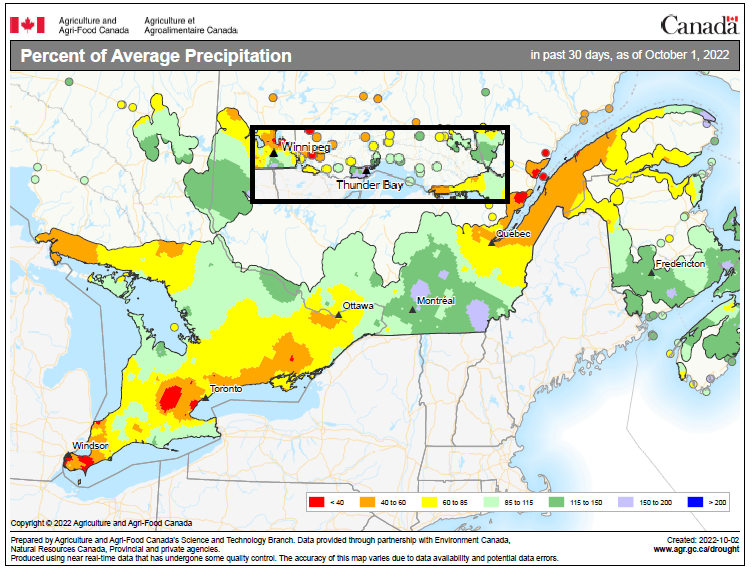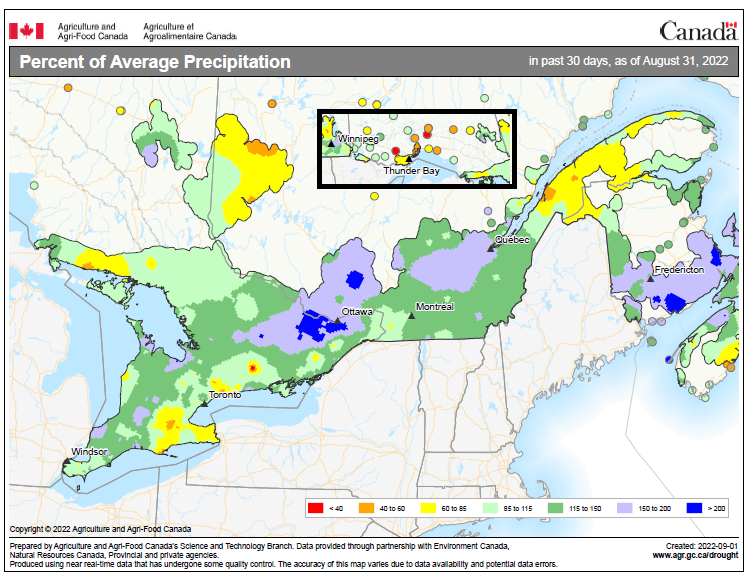Crop Report – Week of September 16, 2024

Trendy Triticale By Christine O’Reilly, OMAFA Forage & Grazing Specialist Annual crops have played a larger role in forage production systems in recent years. Annuals often excel at filling production gaps for perennials, such as the summer slump, early spring, or late fall. Despite costing more per tonne of dry matter to grow, their ability […]







